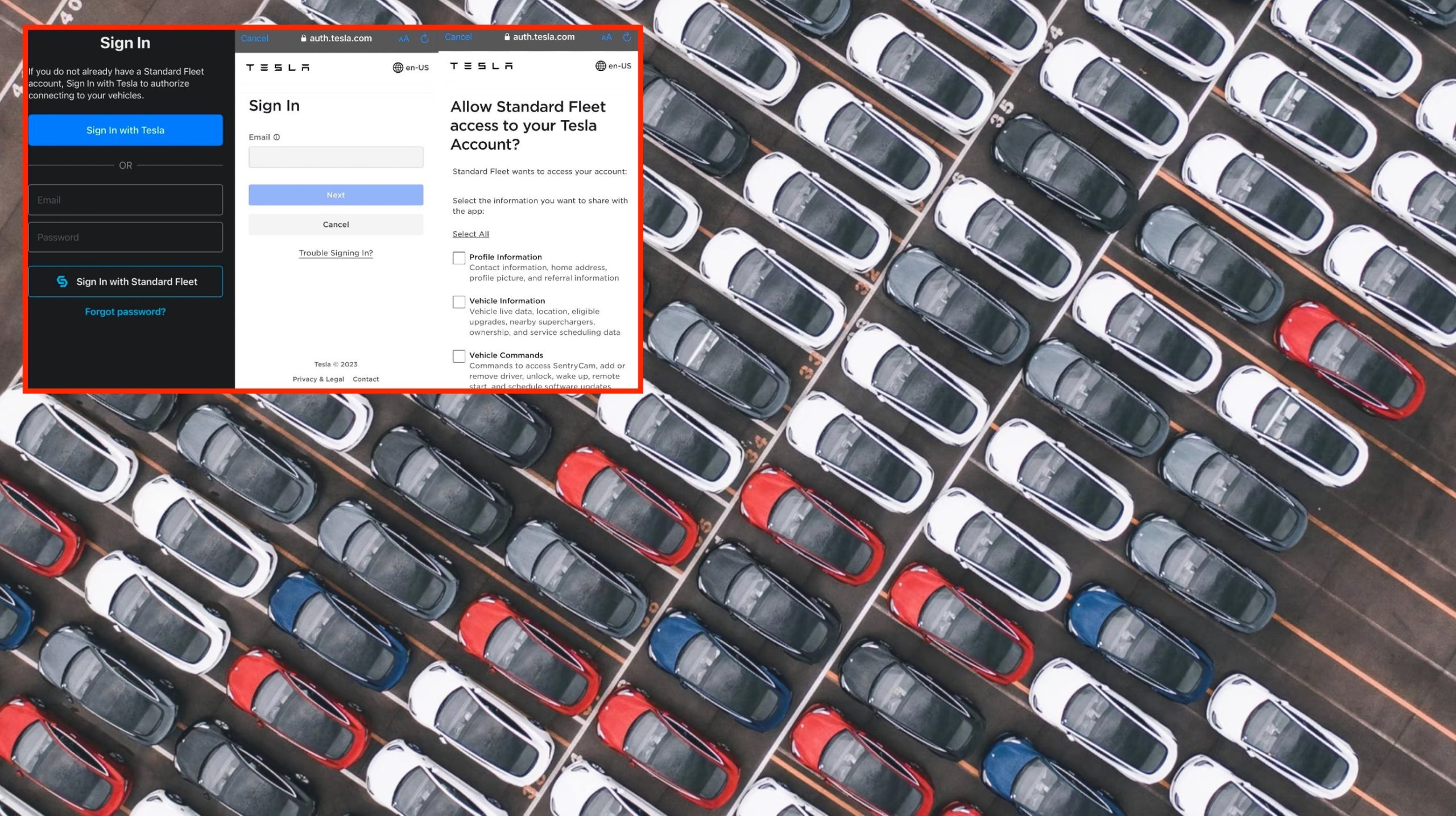**UPDATED with a comment from Standard Fleet CEO and founder David Hodge.
Tesla appears to have quietly rolled out its support for official third-party applications. The first third-party app is Standard Fleet, a fleet management platform that’s currently being used by a number of Tesla ride-sharing and EV-sharing companies across the globe.
Standard Fleet is the brainchild of Apple veteran and longtime Tesla owner David Hodge. Launched last year, the platform seeks to provide online and mobile tools to ensure that electric vehicle fleets are managed in an efficient and profitable manner. A key advantage offered by Standard Fleet lies in the fact that it’s software-based, so fleet owners are not required to purchase any cumbersome third-party devices just to monitor and manage their fleet.
Since its launch, Standard Fleet has received support from a number of notable Tesla-related businesses. These include Revel in New York, which operates a fleet of Model Y crossovers for ride-sharing, as well as MisterGreen Electric Lease, which manages over 5,000 Teslas in Europe. Arizona-based EV Access, whose fleet is nearing the 1,000-unit mark, has also noted that it uses Standard Fleet for its business.
Tesla Access
As observed by Teslarati, Standard Fleet’s login page now shows a button that allows users to connect to the fleet management platform’s online dashboard using a Tesla Single Sign-On (SSO) system. Clicking “Sign in with Tesla” directs users to Tesla’s authorization page, where they can grant Standard Fleet access to their Tesla profile information, vehicle location, data, and commands. Once users grant the necessary permissions, they will be directed to Standard Fleet’s dashboard, where they can manage their Tesla fleet.
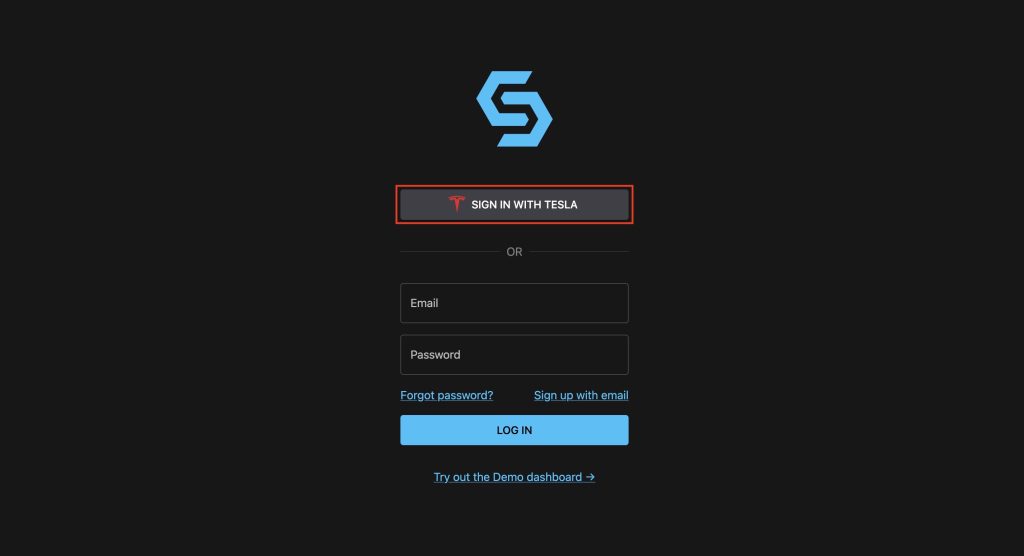

Users that provide Standard Fleet with the necessary permissions to access their vehicle data could be assured, as the EV management platform notes that Tesla users could revoke access to their accounts at any time at Tesla.com. Standard Fleet also notes that it connects to Tesla through OAuth, so the company only receives an “access token” from the EV maker. This means that Standard Fleet does not access users’ Tesla passwords at all.
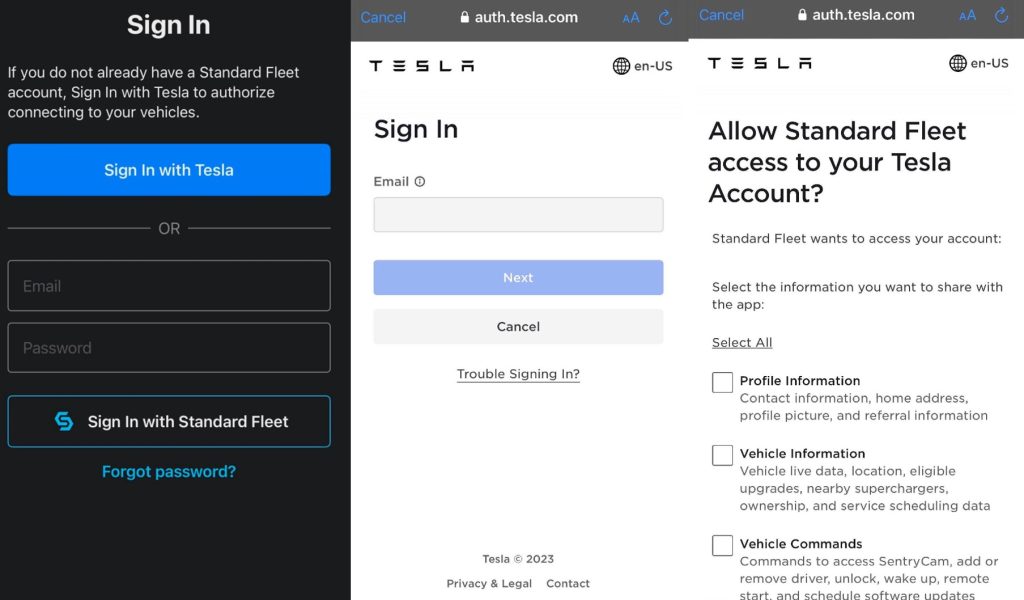
While Tesla is yet to formally announce its support for Standard Fleet as an official third-party app as of writing, the Tesla login buttons on the EV management platform’s webpage and mobile app seem confirmation enough. The fact that Standard Fleet is also listed in Tesla’s “Third Party Apps” menu is just icing on the cake.
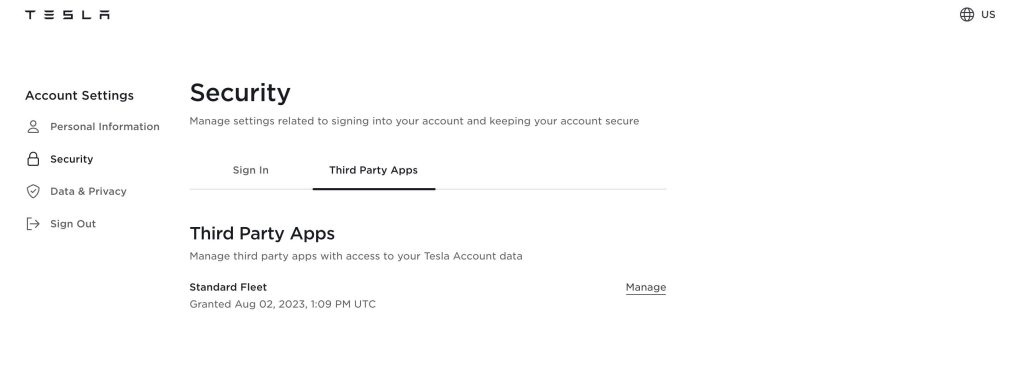
Electric Fleets
Standard Fleet’s support as Tesla’s first third-party app seems to be coming at the right time. As noted by Standard Fleet founder David Hodge, it’s only a matter of time before most vehicle fleets become electric. EVs just make sense for fleets, as they are easy to track, maintain, and support. With this in mind, having Tesla’s first third-party app be a fleet management system makes sense, as it suggests that the company is determined to support customers that operate businesses using its electric cars.
The Model Y is already an excellent fleet vehicle, with its stellar performance, ample range, and space. The Cybertruck, at least when Tesla ramps its production and stabilizes its cost, would likely be an equally good or even better fleet vehicle. There is definitely some demand, after all, for a reasonably-priced rugged vehicle that requires minimal maintenance and is easy to track. Future electric cars like the Robovan and the affordable Tesla that will be produced at Gigafactory Mexico would likely be excellent fleet units as well.
Standard Fleet founder and CEO David Hodge issued a brief comment about the EV management platform being a third-party application for Tesla. “Teslas are fantastic fleet vehicles. We have nearly 100,000 EVS connected and are thrilled to make this step to improve how we can support our innovative EV Fleet customers,” Hodge said in a comment to Teslarati.
Tesla App Store
The arrival of Standard Fleet as Tesla’s first third-party bodes well for a dedicated App Store for the company’s electric cars. Teslas, after all, are akin to advanced computers on wheels. They already function quite a lot like modern smartphones in the way that they improve and change through over-the-air software updates. An App Store for the company then makes sense as a next step for Tesla.
Tesla CEO Elon Musk has referenced the idea of a dedicated Tesla App Store in the past. During a 2019 interview with Ryan McCaffrey of the Ride the Lightning podcast, Musk noted that as the number of Teslas on the road grows, it makes more sense to consider the development of “games and other applications for Tesla.” Ultimately, Standard Fleet is just the beginning, so it would be pretty interesting to see the next third-party applications that Tesla would be supporting in the near future.
Don’t hesitate to contact us with news tips. Just send a message to simon@teslarati.com to give us a heads-up.

News
Tesla dominates in the UK with Model Y and Model 3 leading the way
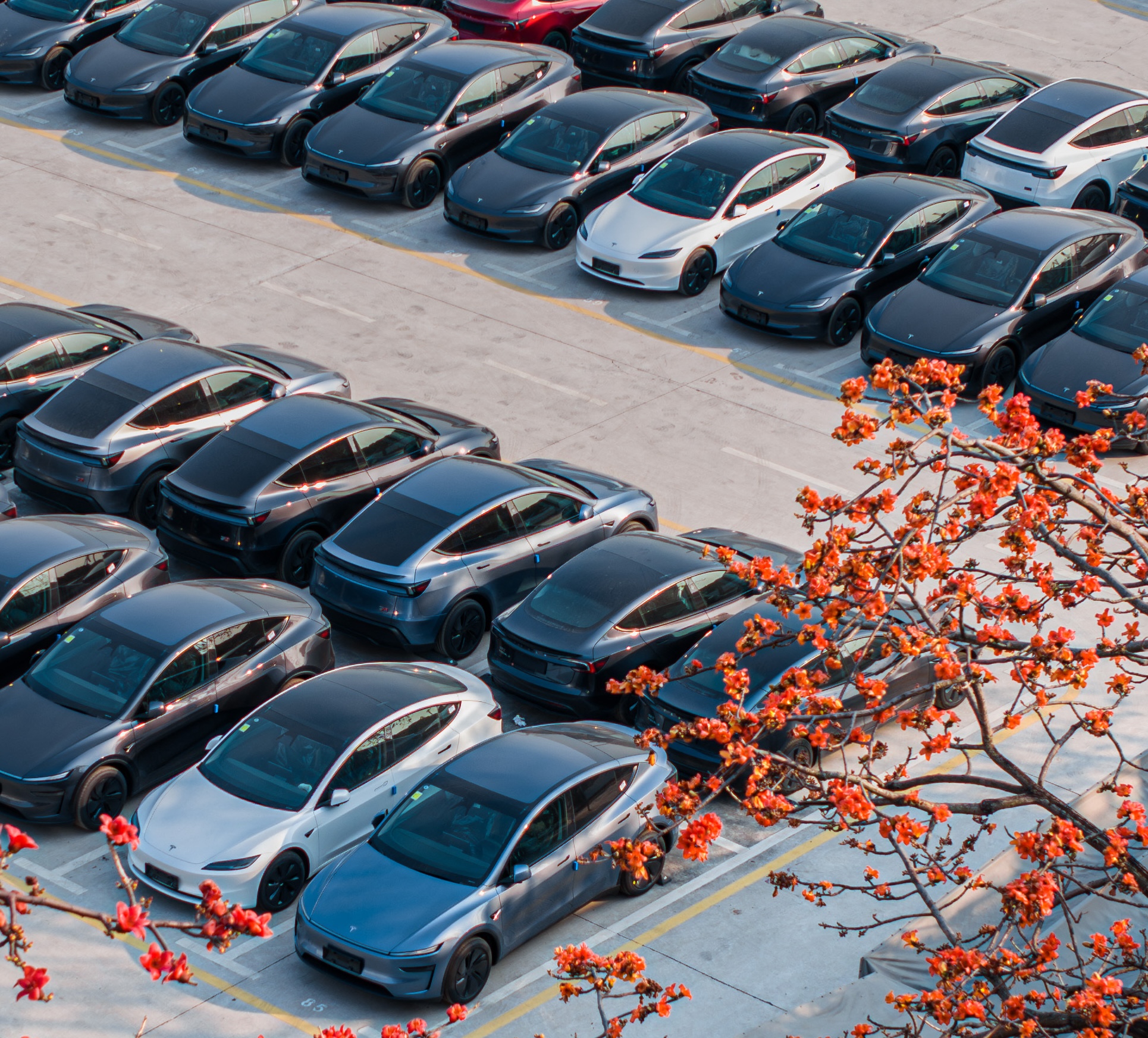
Tesla is dominating in the United Kingdom so far through 2025, and with about two weeks left in the year, the Model Y and Model 3 are leading the way.
The Model Y and Model 3 are the two best-selling electric vehicles in the United Kingdom, which is comprised of England, Scotland, Wales, and Northern Ireland, and it’s not particularly close.
According to data gathered by EU-EVs, the Model Y is sitting at 18,890 units for the year, while the Model 3 is slightly behind with 16,361 sales for the year so far.
The next best-selling EV is the Audi Q4 e-tron at 10,287 units, lagging significantly behind but ahead of other models like the BMW i4 and the Audi Q6 e-tron.
GOOD NEWS 🇬🇧 Tesla is absolutely crushing the UK electric vehicle market in 2025 💥
The numbers are in, and the dominance is clear. With an impressive amount of 42,270 vehicles delivered year-to-date, the brand now commands a solid 9.6% market share of the total auto market 🆒… pic.twitter.com/dkiGX9kzd0
— Ming (@tslaming) December 18, 2025
The Model Y has tasted significant success in the global market, but it has dominated in large markets like Europe and the United States.
For years, it’s been a car that has fit the bill of exactly what consumers need: a perfect combination of luxury, space, and sustainability.
Both vehicles are going to see decreases in sales compared to 2024; the Model Y was the best-selling car last year, but it sold 32,610 units in the UK. Meanwhile, the Model 3 had reached 17,272 units, which will keep it right on par with last year.
Tesla sold 50,090 units in the market last year, and it’s about 8,000 units shy of last year’s pace. It also had a stronger market share last year with 13.2 percent of the sales in the market. With two weeks left in 2025, Tesla has a 9.6 percent market share, leading Volkswagen with 8 percent.
The company likely felt some impact from CEO Elon Musk’s involvement with the Trump administration and, more specifically, his role with DOGE. However, it is worth mentioning that some months saw stronger consumer demand than others. For example, sales were up over 20 percent in February. A 14 percent increase followed this in June.
News
Tesla Insurance officially expands to new U.S. state
Tesla’s in-house Insurance program first launched back in late 2019, offering a new way to insure the vehicles that was potentially less expensive and could alleviate a lot of the issues people had with claims, as the company could assess and repair the damage itself.
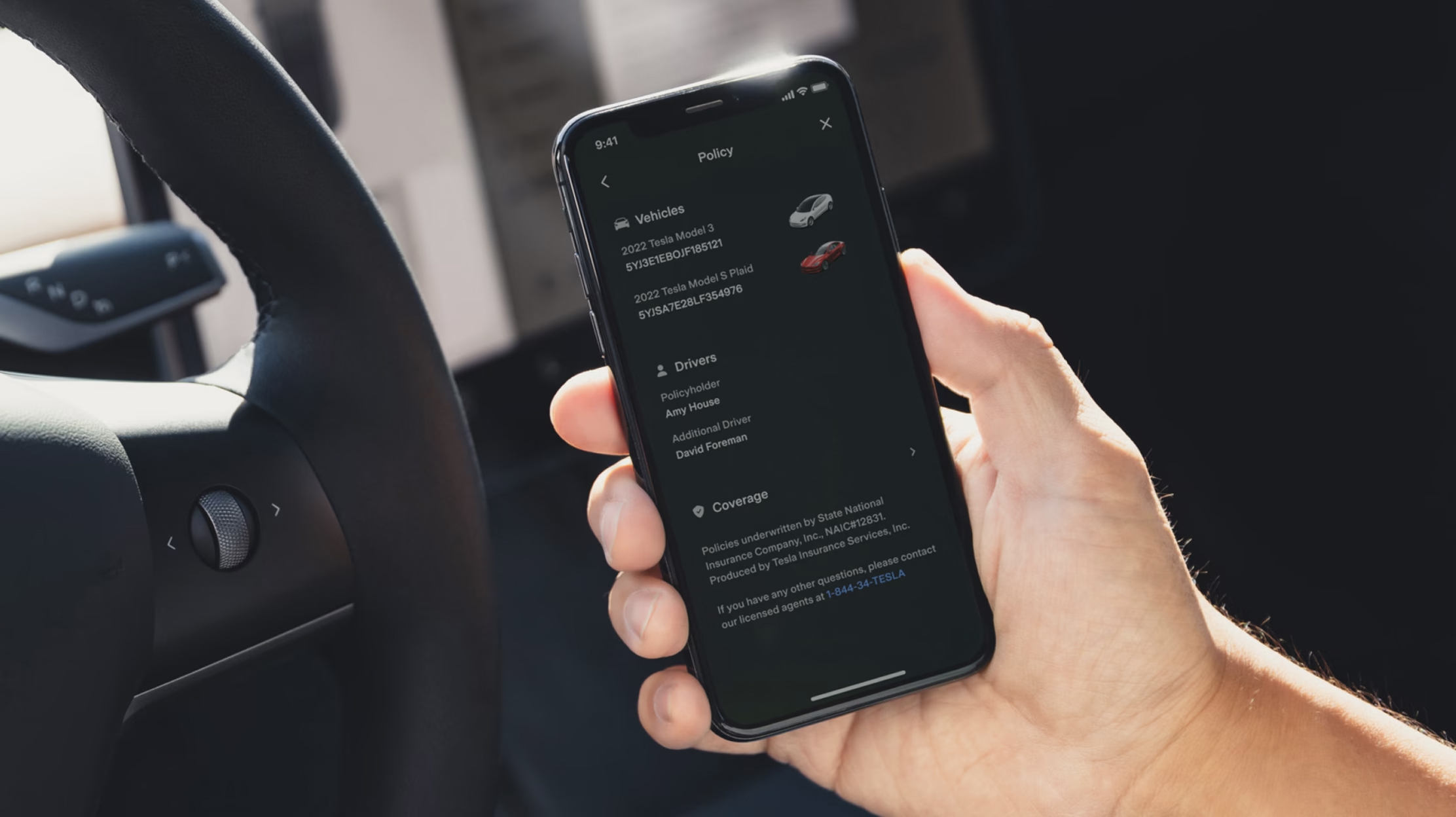
Tesla Insurance has officially expanded to a new U.S. state, its thirteenth since its launch in 2019.
Tesla has confirmed that its in-house Insurance program has officially made its way to Florida, just two months after the company filed to update its Private Passenger Auto program in the state. It had tried to offer its insurance program to drivers in the state back in 2022, but its launch did not happen.
Instead, Tesla refiled the paperwork back in mid-October, which essentially was the move toward initiating the offering this month.
BREAKING: Tesla Insurance has just officially launched in Florida.
This is the first new state to receive @Tesla Insurance in more than 3 years. In total, Tesla insurance is now available in 13 U.S. states (map in thread below of all the states).
Tesla Insurance in Florida uses… pic.twitter.com/bDwh1IV6gD
— Sawyer Merritt (@SawyerMerritt) December 17, 2025
Tesla’s in-house Insurance program first launched back in late 2019, offering a new way to insure the vehicles that was potentially less expensive and could alleviate a lot of the issues people had with claims, as the company could assess and repair the damage itself.
It has expanded to new states since 2019, but Florida presents a particularly interesting challenge for Tesla, as the company’s entry into the state is particularly noteworthy given its unique insurance landscape, characterized by high premiums due to frequent natural disasters, dense traffic, and a no-fault system.
Annual average premiums for Florida drivers hover around $4,000 per year, well above the national average. Tesla’s insurance program could disrupt this, especially for EV enthusiasts. The state’s growing EV adoption, fueled by incentives and infrastructure development, aligns perfectly with Tesla’s ecosystem.
Moreover, there are more ways to have cars repaired, and features like comprehensive coverage for battery damage and roadside assistance tailored to EVs address those common painpoints that owners have.
However, there are some challenges that still remain. Florida’s susceptibility to hurricanes raises questions about how Tesla will handle claims during disasters.
Looking ahead, Tesla’s expansion of its insurance program signals the company’s ambition to continue vertically integrating its services, including coverage of its vehicles. Reducing dependency on third-party insurers only makes things simpler for the company’s automotive division, as well as for its customers.
News
Tesla Full Self-Driving gets sparkling review from South Korean politician
“Having already ridden in an unmanned robotaxi, the novelty wasn’t as strong for me, but it drives just as well as most people do. It already feels like a completed technology, which gives me a lot to think about.”
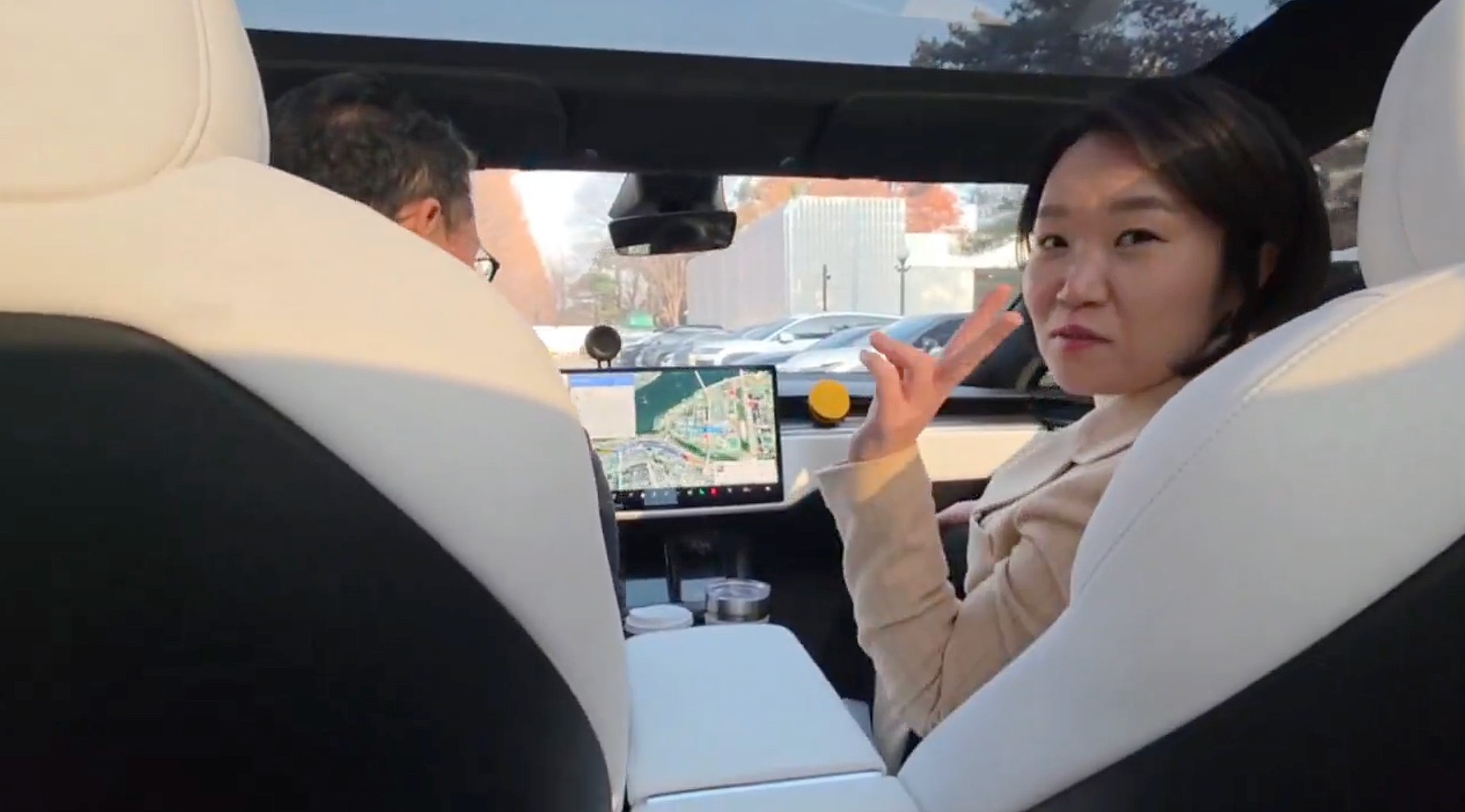
Tesla Full Self-Driving got its first sparkling review from South Korean politician Lee So-young, a member of the country’s National Assembly, earlier this week.
Lee is a member of the Strategy and Finance Committee in South Korea and is a proponent of sustainable technologies and their applications in both residential and commercial settings. For the first time, Lee was able to utilize Tesla’s Full Self-Driving technology as it launched in the country in late November.
Her thoughts on the suite were complimentary to the suite, stating that “it drives just as well as most people do,” and that “it already feels like a completed technology.”
드디어 오늘, 서울에서 테슬라 FSD 체험 했습니다.
JiDal Papa님의 모델S 협찬에 힘입어^^ 파파님 정말 감사합니다.
국회 -> 망원시장 -> 홍익대 -> 국회 복귀 코스였고요.
이미 무인 로보택시를 타봐서 그런지 신기함은
덜했지만, 웬만한 사람만큼 운전을 잘하네요.이미 완성된 기술이라고… pic.twitter.com/8pAidHBpRG
— 이소영 국회의원 (Soyoung Lee) (@im_soyounglee) December 17, 2025
Her translated post says:
“Finally, today I got to experience Tesla FSD in Seoul. Thanks to the Model S sponsored by JiDal Papa^^, I’m truly grateful to Papa. The route was from the National Assembly -> Mangwon Market -> Hongik University -> back to the National Assembly. Having already ridden in an unmanned robotaxi, the novelty wasn’t as strong for me, but it drives just as well as most people do. It already feels like a completed technology, which gives me a lot to think about. Once it actually spreads into widespread use, I feel like our daily lives are going to change a lot. Even I, with my license gathering dust in a drawer, don’t see much reason to learn to drive a manual anymore.”
Tesla Full Self-Driving officially landed in South Korea in late November, with the initial launch being one of Tesla’s most recent, v14.1.4.
It marked the seventh country in which Tesla was able to enable the driver assistance suite, following the United States, Puerto Rico, Canada, China, Mexico, Australia, and New Zealand.
It is important to see politicians and figures in power try new technologies, especially ones that are widely popular in other regions of the world and could potentially revolutionize how people travel globally.
